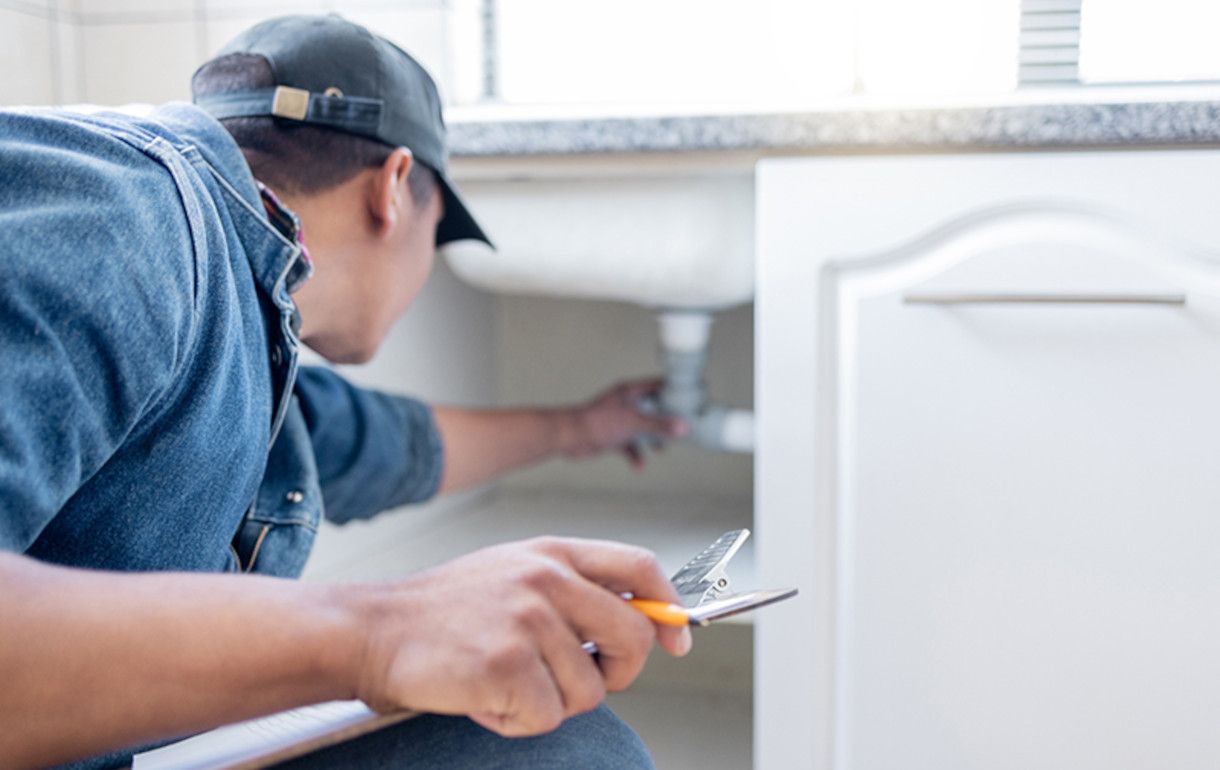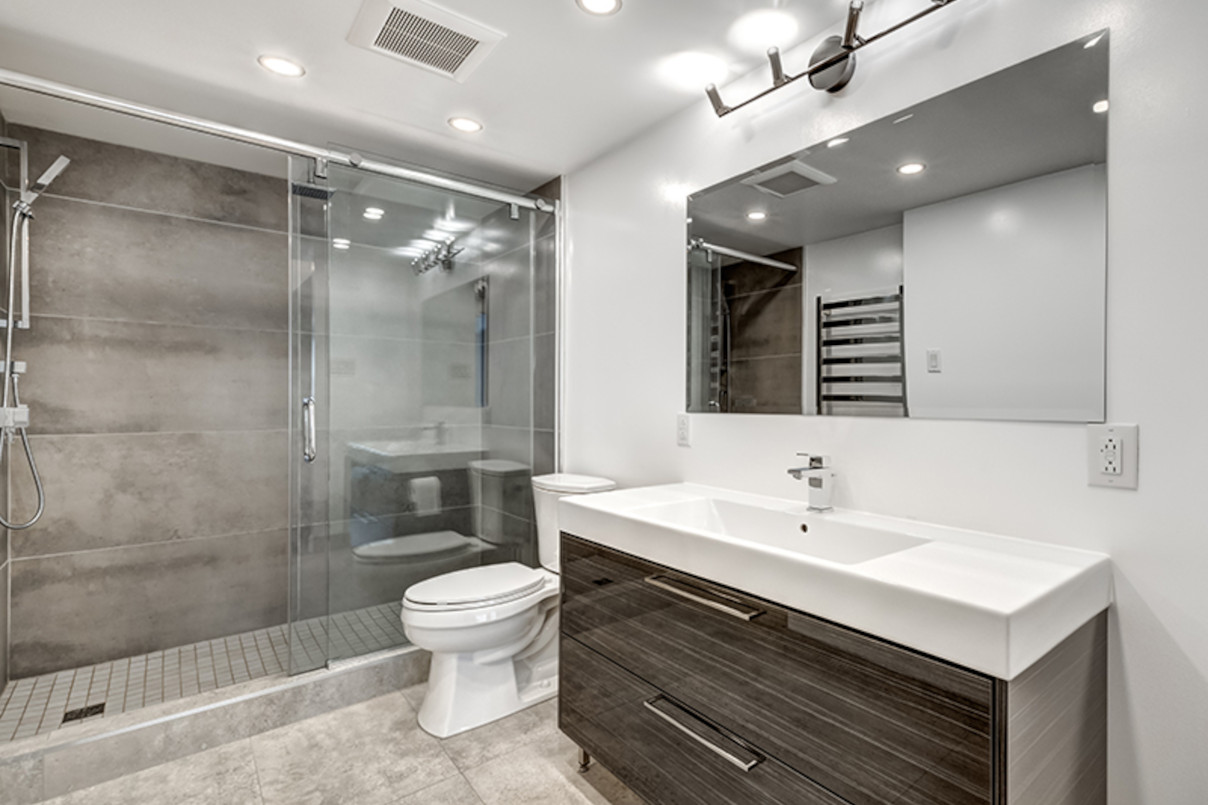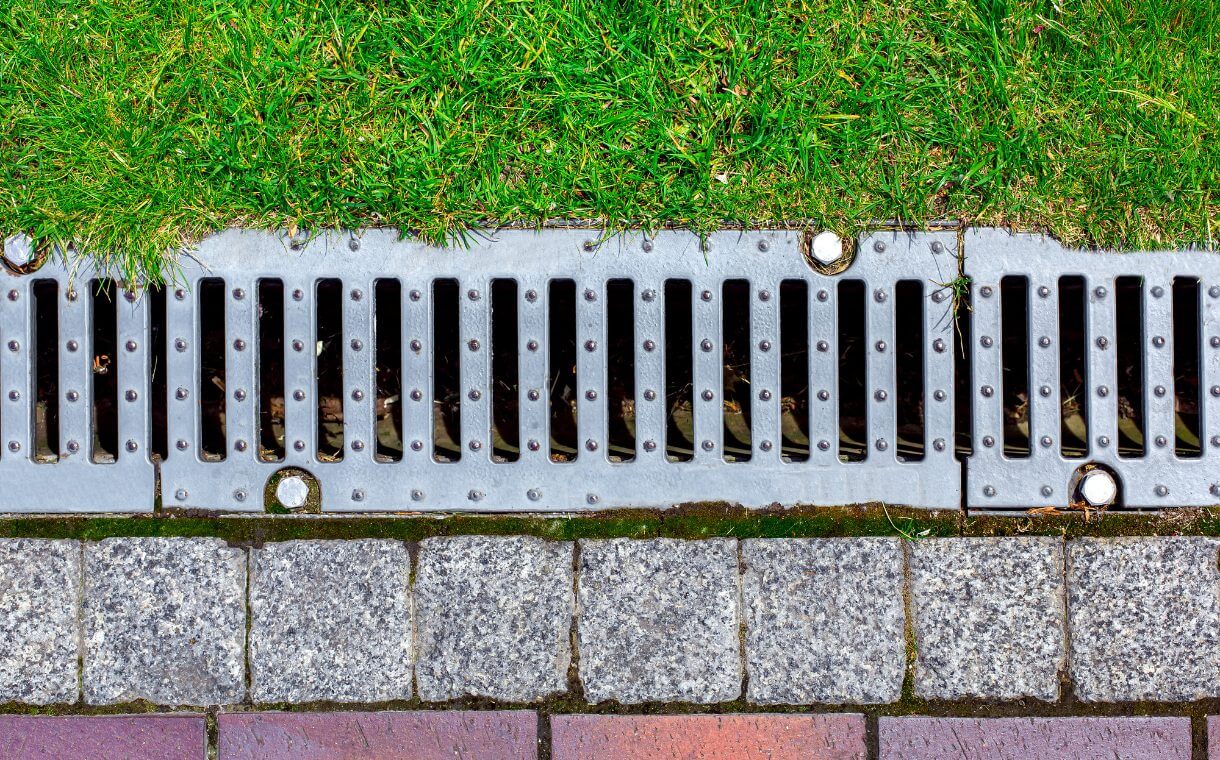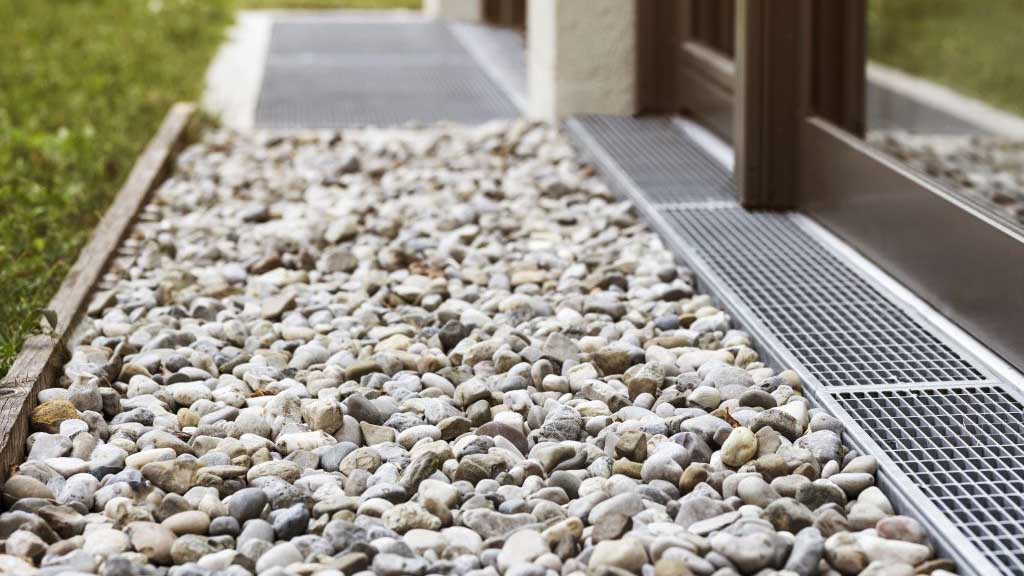Revamp Your Space and Save: Plumbing Renovation Tips for Budget-Friendly Upgrades
Are you considering a change in perspective and wanting to revamp your home’s plumbing in the Nanaimo and Oceanside areas, including Coombs and Nanoose Bay? Our team of licensed gas fitters and plumbing experts at John G. Plumbing are here to guide you through your plumbing renovations.
Here are 6 tips on ways to save money on plumbing renovations throughout the renovation process .

1. Plan your Plumbing Renovation Ahead of Time
Our experts can help you create a comprehensive renovation plan tailored to your specific
needs and make sure everyone agrees on the plan before starting any work. Planned
renovations are often more affordable and achieve better results.
2. Design and Layout
A great design isn’t just about aesthetics—it’s about efficiency. Keeping your existing plumbing layout can save you significant money, but if changes are necessary, our professionals ensure the transitions are seamless and cost-effective. We help you create a layout that works for you while maximizing functionality and style.
3. Costly? Know if you are covered
If the upfront costs of plumbing renovations seem daunting, John G. Plumbing offers financing options to help make your upgrade more affordable. With low payments tailored to your needs, in our partnership with Financeit, you can have peace of mind while not breaking the bank. Interested? Ask about our financing solutions and your upcoming plumbing job. (250) 797-0858
4. Hire a Professional
Do-it-yourself (DIY) may sound like you can save and keep some extra cash in your pocket, however, with complex projects, it is best to hire a licensed and experienced plumber like John G. Plumbing.
You can prepare the space for the experts to step in by removing drywalls and ensuring proper lighting in the room. A professional plumber can help properly do plumbing installations and make sure to avoid any repairs that could cost you in the long run. Plus, you’ll know everything is up to code and safe for your family.
5. Plumbing Installations– Prioritize Energy Efficiency
Incorporating energy-efficient solutions into your plumbing renovation is key. By upgrading to energy-efficient appliances and fixtures, you can significantly cut down on water and energy consumption, lowering your bills in the long run.
A tankless water heater, such as models from Rinnai or Navien, is an energy-efficient and space-saving solution for many households. Since it heats water only when needed, you’ll never run out of hot water, and you’ll avoid the energy waste of traditional tank heaters.
6. Choose the Right Features and Fixtures
Selecting durable, high-quality fixtures is a smart investment. At John G. Plumbing, we help you choose materials and designs that combine function and style. From elegant faucets to energy-saving fixtures, our team ensures your renovation is built to last while enhancing your home’s aesthetic appeal.
Exceptional Plumbing Renovations You Can Trust
When it comes to your plumbing renovation, you deserve nothing but the best. Our team is dedicated to providing exceptional service throughout Nanaimo, Coombs, Parksville, and beyond. You can trust that your plumbing system is in the hands of professionals who prioritize quality, efficiency, and reliability.
Contact John G. Plumbing today, and get started on your plumbing renovation without delay!





